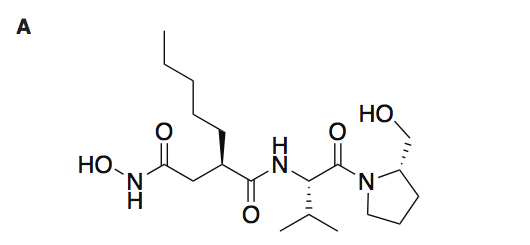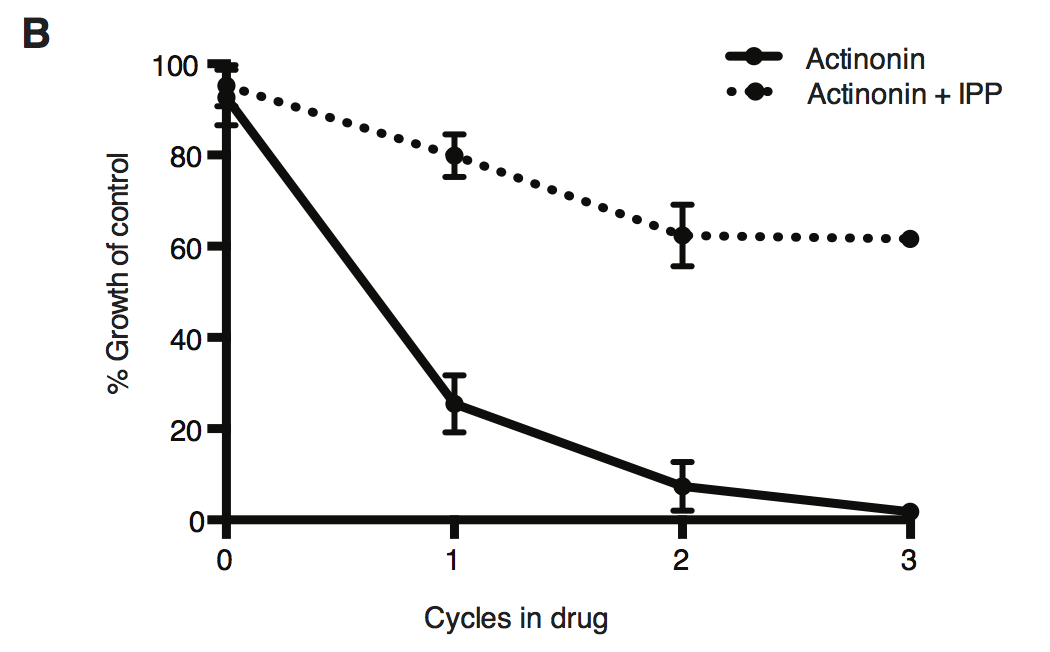Antimalarial drug screening and optimization
Plasmodium parasites, the causative agent of malaria, house an essential plastid organelle called the apicoplast. Originating from a secondary endosymbiosis event, the apicoplast is bacterial in origin and contains pathways that are absent in the human host. Furthermore, since it is essential in both blood and liver stages, drugs that target the apicoplast have the potential to be effective both as therapeutics and prophylactics. Despite the clinical importance of this organelle, the mechanism of apicoplast replication remains a mystery.
Apicoplast replication follows a complex sequence of morphological changes as it divides to maintain faithful segregation with a cell that replicates a variable number of times. This unusual mode of organelle replication occurs through novel molecular mechanisms, as homologs of known organellar or bacterial fission proteins are not found in Plasmodium. For these reasons, the mechanism of apicoplast replication is a key question with both clinical and biological significance.
Because of the lack of genetic tools to manipulate the apicoplast genome, we screened for chemical inhibitors of apicoplast biogenesis whose targets represent proteins that govern this mysterious process. We identified actinonin, a compound that causes specific loss of the apicoplast. This inhibitor blocks apicoplast development early in the cell cycle as well as subsequent apicoplast replication and segregation. Because apicoplast development is blocked immediately and specifically, actinonin represents a novel class of inhibitors whose mechanism of action will be critical to understanding the unusual mechanism of apicoplast replication.
Actinonin inhibits apicoplast biogenesis in P. falciparum

Structure of actinonin

Time course of parasite growth during actinonin treatment with or without IPP, normalized to control cultures with or without IPP as appropriate. Error bars represent the SEM of two biological replicates.

Time course of the apicoplast:nuclear genome ratio measured by quantitative PCR (qPCR) using primers for the apicoplast and nuclear genomes during treatment with actinonin and IPP. Genome ratios were normalized to control parasites grown with IPP only. Error bars as in image B.

Representative images of the apicoplast of IPP-rescued control and actinonin treated parasites 24 hours after treatment during the schizont stage. The apicoplast is visualized using the P. falciparum reporter strain D10 ACP-GFP in which GFP is targeted to the apicoplast and the nucleus is stained with Hoescht 33342. During Plasmodium replication, the apicoplast starts as a single small spherical organelle (ring stage) which branches and divides into multiple apicoplasts (schizont stage). A punctate apicoplast that does not branch indicates a defect in apicoplast biogenesis.
For more information
For more information, please see our publication (https://elifesciences.org/articles/29865). Additionally, we were thrilled to find this work featured in a BugBitten blog post.